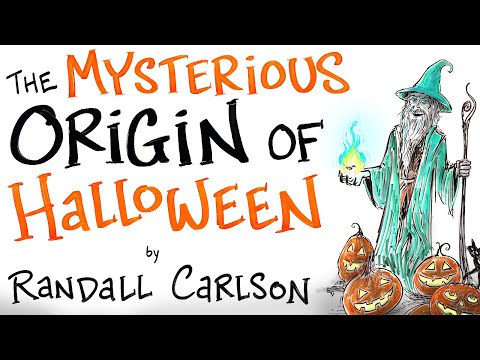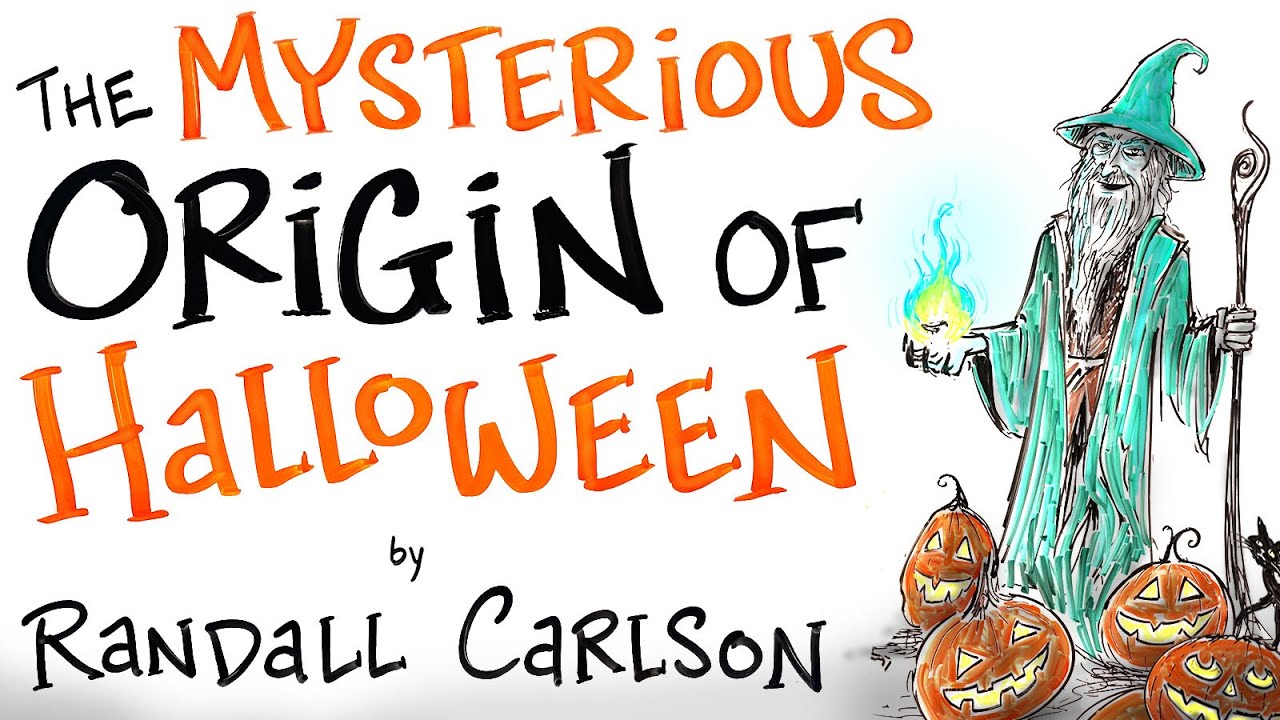Halloween Origins: Discover the captivating history and mythology behind one of the most intriguing holidays in the world. Uncover the ancient Celtic festival of Samhain, where the veil between the living and the dead was believed to be at its thinnest, inviting spirits to roam freely among us. Delve into the fascinating traditions that have shaped Halloween as we know it today, including the practice of wearing costumes to confuse and ward off wandering spirits. Explore the evolution of this enigmatic celebration, from its early roots in pagan rituals to its incorporation of Christian beliefs. Unearth the symbolism of classic Halloween elements, such as pumpkins, witches, and black cats, and unravel the superstitions that surround them. Immerse yourself in the eerie tales of ancient folklore, where stories of restless souls and supernatural encounters abound. Unlock the secrets of Halloween’s mystical past and gain a newfound appreciation for this bewitching holiday that continues to captivate and enchant people of all ages.

The Origins of Halloween
| Region | Origin | Interesting Fact |
|---|---|---|
| Celtic | The ancient Celtic festival of Samhain marked the end of the harvest season and the beginning of winter. It was believed that on the night of October 31st, the boundary between the living and the dead was blurred, allowing spirits to roam freely on Earth. | The Celts would light bonfires and wear costumes to ward off evil spirits. |
| Roman | The Romans celebrated the festival of Pomona, honoring the goddess of fruit and trees. This celebration eventually merged with Samhain, influencing the Halloween traditions we know today. | Pomona is often depicted with apples, which might explain the tradition of bobbing for apples on Halloween. |
| Christian | The early Christian church established All Saints’ Day (also known as All Hallows’ Day) on November 1st to honor saints and martyrs. The evening before, October 31st, became known as All Hallows’ Eve, which eventually transformed into Halloween. | Halloween is thought to have absorbed some Celtic and Roman customs, such as lighting candles in carved pumpkins, known as Jack-o’-lanterns. |
| American | Halloween was brought to North America by Irish and Scottish immigrants during the 19th century. These settlers helped popularize the holiday, and it eventually became the secular celebration we know today. | American Halloween traditions, such as trick-or-treating, evolved from the ancient practice of leaving offerings outside homes to appease roaming spirits. |
Unveiling Halloween’s Enigmatic Origins with Randall Carlson
The Origins of Halloween: Unveiling the Mystery
Every year, on the 31st of October, people around the world celebrate Halloween. This festive holiday is characterized by costumes, sweets, spooky decorations, and a general sense of fun and excitement. But have you ever wondered where Halloween comes from? What are its origins and how did it become the holiday we know today? Let’s dive into the rich history of Halloween and uncover its fascinating roots.
Samhain: The Ancient Celtic Festival
Halloween traces its beginnings to the ancient Celtic festival of Samhain (pronounced “sow-in”). The Celts, who lived thousands of years ago in what is now Ireland, the United Kingdom, and northern France, celebrated Samhain to mark the end of the harvest season and the beginning of winter. It was believed that on the night of October 31st, the boundary between the living and the dead was blurred, allowing spirits and otherworldly creatures to roam freely on Earth.
Bonfires: Warding off Evil
During Samhain, the Celts built large bonfires to ward off evil spirits and provide warmth during the approaching cold winter months. They also wore costumes, typically made from animal heads and skins, to disguise themselves and confuse the spirits. This tradition of wearing costumes is thought to be the precursor to our modern-day Halloween costumes.
All Saints’ Day: The Christian Influence
As Christianity spread across Europe, a new holiday known as All Saints’ Day was established on November 1st. This day was dedicated to honoring saints, martyrs, and other departed souls. In an effort to merge pagan traditions with Christian beliefs, the church moved All Saints’ Day to coincide with the Celtic festival of Samhain. The evening before All Saints’ Day became known as All Hallows’ Eve, eventually shortened to Halloween.
Trick-or-Treating: The Medieval Practice
During the Middle Ages, a practice known as “souling” emerged in Europe. On All Hallows’ Eve, poor people would go door-to-door, offering prayers for the souls of the homeowner’s deceased loved ones in exchange for food. This tradition later evolved into “guising,” where children would dress up in costumes and go door-to-door, singing songs or performing small plays in exchange for food or money. This custom eventually became the modern-day tradition of trick-or-treating.
Pumpkins and Jack-o’-Lanterns: An American Addition
One of the most iconic symbols of Halloween is the carved pumpkin, or jack-o’-lantern. Originally, turnips and beets were used by the Celts to carve faces and place candles inside as part of their Samhain rituals. However, when Irish immigrants brought their traditions to America, they discovered that pumpkins were more readily available and easier to carve. Thus, the pumpkin became the go-to choice for jack-o’-lanterns, adding an American twist to Halloween festivities.
Halloween Today: A Global Celebration
Today, Halloween is celebrated in various forms around the world. While the traditions and customs may differ, the essence of the holiday remains the same – a time to embrace the supernatural, indulge in sweet treats, and have some spooky fun. Whether you find yourself attending costume parties, visiting haunted houses, or simply handing out candy to trick-or-treaters, Halloween continues to captivate people of all ages.
In conclusion, Halloween’s origins can be traced back to the ancient Celtic festival of Samhain, where bonfires and costumes were used to ward off spirits. With the influence of Christianity, All Hallows’ Eve was established, merging pagan and Christian traditions. The practice of trick-or-treating and the iconic jack-o’-lanterns further shaped the holiday into what we know today. So, as you indulge in Halloween festivities this year, take a moment to appreciate the rich history and cultural significance behind this beloved holiday.

